Wildlife Evolution and Behavior (WEB)

Beluga whales
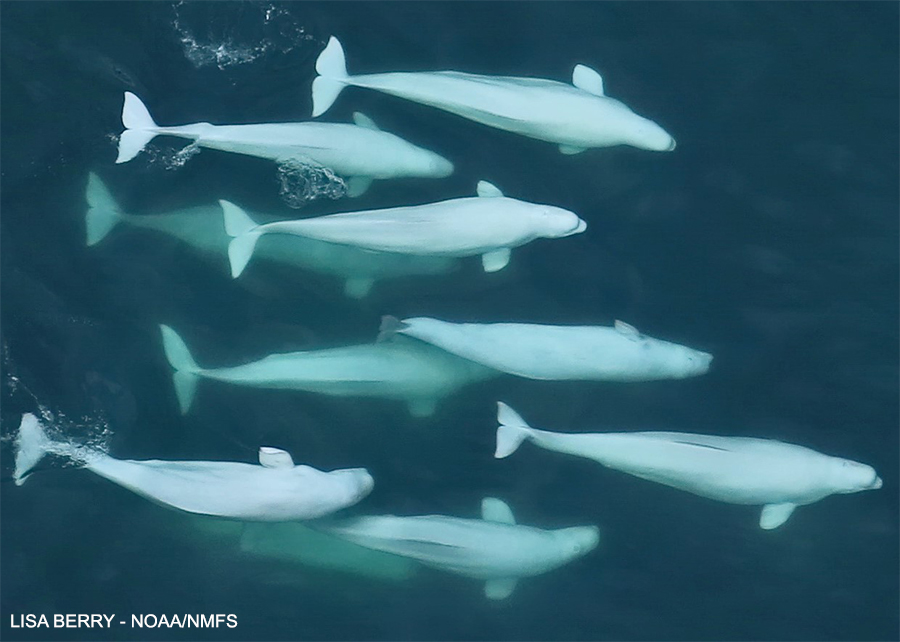 The beluga, or white whale, is central to the cultures of Native Peoples across the Arctic and subarctic and we have partnered with these communities to study, conserve, and co-manage these whales.
The beluga, or white whale, is central to the cultures of Native Peoples across the Arctic and subarctic and we have partnered with these communities to study, conserve, and co-manage these whales.
- Migratory culture: Early studies found genetic differences among groups of belugas, suggesting demographically distinct sub-populations and populations that should be managed as separate stocks. Recently, we discovered closely related whales returned to the same locations year after year and generation after generation, providing proof of natal philopatry. We proposed that this represents migratory culture acquired via social learning from community members. Read more about this study O’Corry -Crowe et al., 2018
- Group structure and kinship: Field observations and genetic analyses of social groups and herds from 10 locations across the Arctic revealed that belugas form a limited number of group types and they contain closely related individuals. Contrary to popular belief, these groups were not predominantly organized around maternal relatives (like killer and sperm whales). This suggests that the evolutionary mechanisms shaping beluga societies are complex. Read more about this study O’Corry -Crowe et al., 2020
- Changing sea-ice and shifts in beluga migration patterns: Combining decades of sighting data collected by Native subsistence hunters and scientists, genetic profiling, and passive microwave derived sea ice concentration data to see if the annual patterns of beluga whale migrations changed over the recent period of dramatic sea ice change in Alaska. Even though belugas demonstrate highly consistent patterns of migration, we found several anomalous migration events that coincided with anomalous ice years, indicating that behavioral changes were likely driven by changing sea ice and environmental conditions. Read more about this study O’Corry -Crowe et al., 2016
Bottlenose dolphins
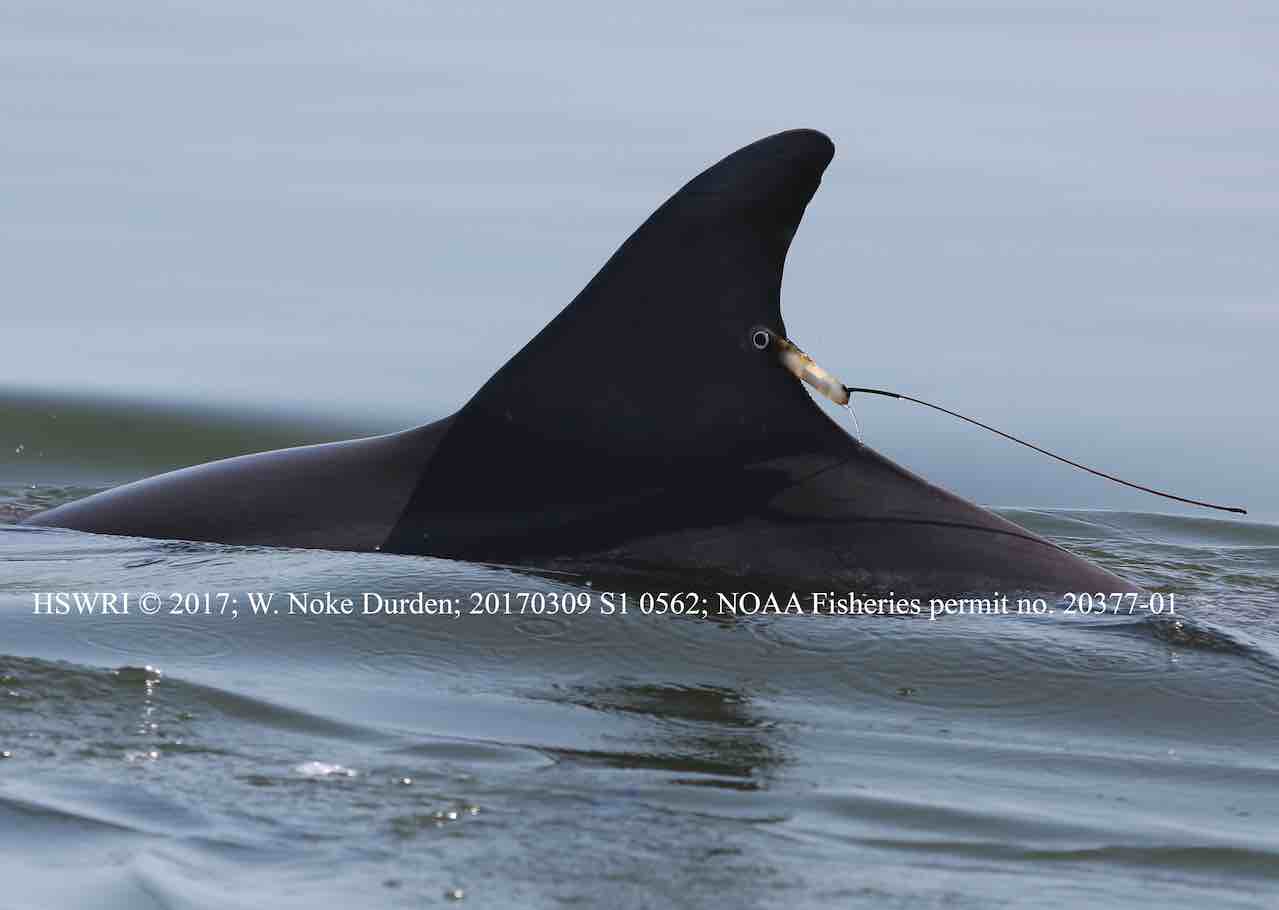 Bottlenose dolphins are the most common coastal dolphin species often inhabiting estuarine and marine waters close to human habitation. We study dolphins in the Indian River Lagoon and Atlantic Ocean along Florida’s east coast.
Bottlenose dolphins are the most common coastal dolphin species often inhabiting estuarine and marine waters close to human habitation. We study dolphins in the Indian River Lagoon and Atlantic Ocean along Florida’s east coast.
- Tracking dolphins at night: Despite countless studies on dolphins around the world, few have occurred between the hours of dusk and dawn. Using satellite telemetry, we tracked the nocturnal habits of 4 bottlenose dolphins in the Indian River Lagoon and found that they were very active at night. Each dolphin had a unique pattern of movement and habitat use, suggesting individual variation in foraging strategies, and all moved outside the bounds of the lagoon system into the ocean and up rivers and canals. Read about the study Hartel et al., 2020
- Radio-telemetry tracking: we also collaborated on a study representing the most extensive radio-tracking efforts of Indian River Lagoon dolphins, tracking their movements during the day. Read about this study Noke -Durden et al., 2019
Steller sea lions
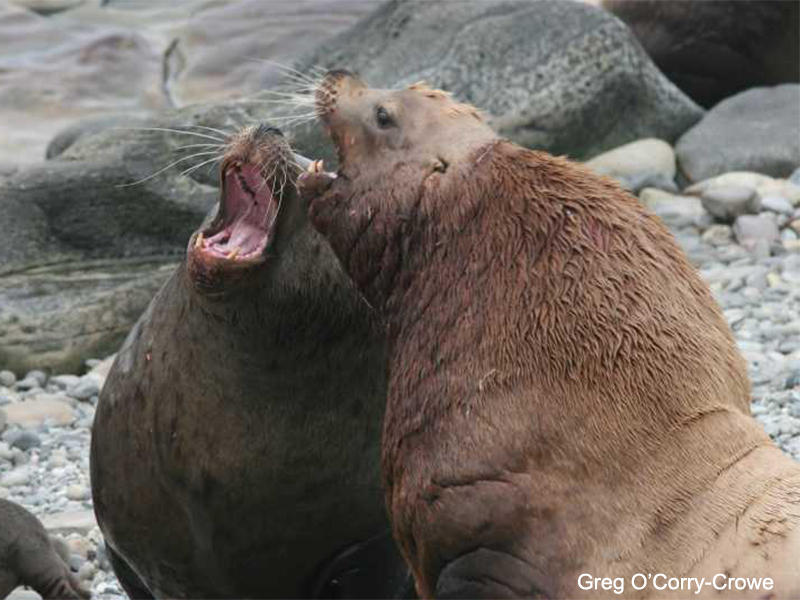
We study Steller sea lions in the North Pacific Ocean, resolving patterns of behavior and metapopulation structure among rookeries.
- East v. West: Working with a diverse team of scientists, we used genetic analyses to resolve metapopulation structure and patterns of interbreeding among established rookeries and colonization of new rookeries. This work reveals much about sea lion strategies to maximize fitness. Read more about this study O’Corry -Crowe et al., 2014
- Should I stay or should I go?: Recently, we have been able to determine the success of different sea lion strategies. Twinning genetics with assessments of morphology, survival, and movements, the consequences of staying put, dispersing, or interbreeding across metapopulation boundaries is quantifiable. Read about this study Hastings et al., 2020
Polar Bears
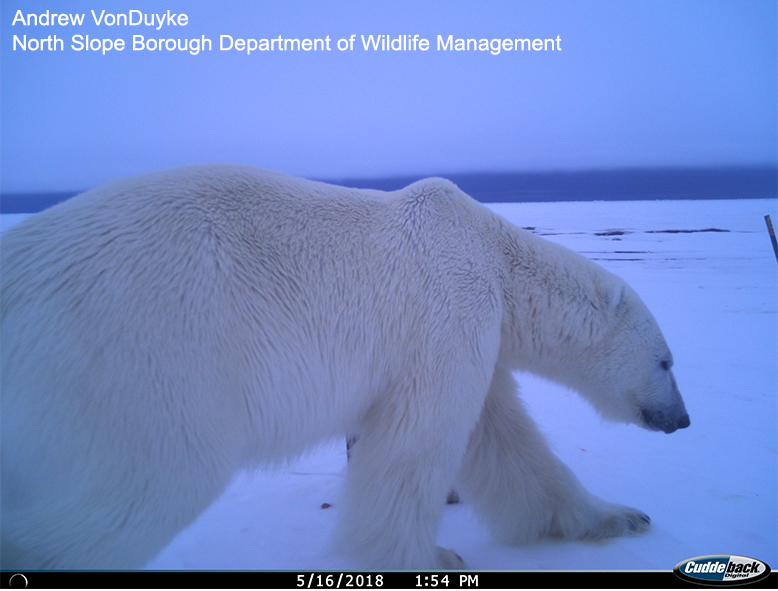 In recent years, polar bears have gained an incredible amount of attention worldwide. Because of their instant appeal, as well as their critical role at the top of the Arctic’s food chain, these apex predators have become the iconic species in understanding impacts of climate change on the environment. The polar bear’s central role in the lives and cultures of Native Peoples across the Arctic further heighten concerns as to their ability to deal with the loss of sea ice, changes in prey availability, and increasing human activities in this region.
In recent years, polar bears have gained an incredible amount of attention worldwide. Because of their instant appeal, as well as their critical role at the top of the Arctic’s food chain, these apex predators have become the iconic species in understanding impacts of climate change on the environment. The polar bear’s central role in the lives and cultures of Native Peoples across the Arctic further heighten concerns as to their ability to deal with the loss of sea ice, changes in prey availability, and increasing human activities in this region.
- We teamed up with the North Slope Borough Department of Wildlife Management in Alaska to apply modern genetic profiling techniques to study polar bears in the Chukchi and Beaufort Seas, ground zero for sea-ice loss in the Arctic. The team set up several hair-trap stations to passively collect hair from inquisitive bears. We aim to use SNP genotyping to genetically ‘fingerprint’ bears, providing a novel approach to indirectly track their movements, estimate population size, and study other life history parameters in the most unobtrusive way possible.
Seals
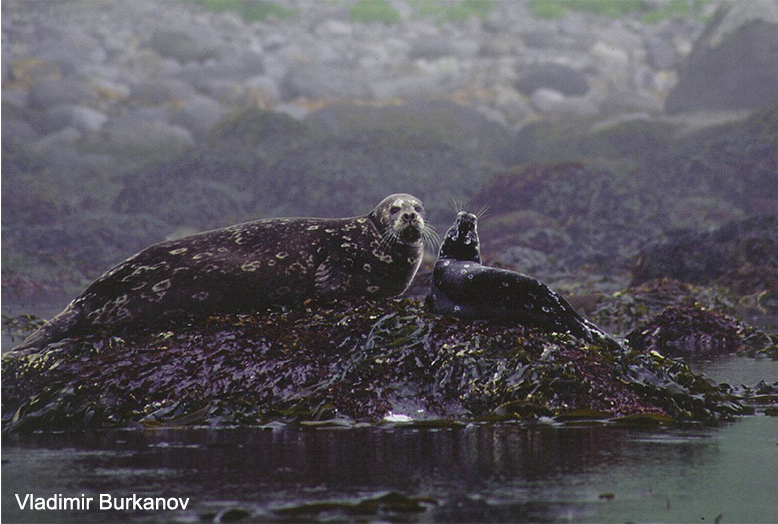 We are partnering with Native communities and with local, State and Federal research and management agencies to study the population biology, breeding and dispersal patterns of several species of seal in the North Pacific. Much of this research is directed at assisting management of seal species in this region.
We are partnering with Native communities and with local, State and Federal research and management agencies to study the population biology, breeding and dispersal patterns of several species of seal in the North Pacific. Much of this research is directed at assisting management of seal species in this region.
- Our research interests include studies on harbor seals and several species of ice seal, including spotted seals, ringed seals, bearded seals and ribbon seals. Using satellite telemetry, we teamed up with scientists to study the ecological and genetic separation of spotted and harbor seals where their ranges overlap in Bristol Bay, Alaska. These sibling species are difficult to distinguish in the field so genetic profiling of the samples was crucial. Read more about this study and how climate change might influence ecological overlap in these species Cordes et al., 2017
- Current research is focusing on the small population of freshwater seals in Lake Iliamna. This area has recently gained a lot of attention over the highly publicized conflict over the proposed Pebble Mine Project. We teamed up with NOAA to study the Iliamna seals, including genotyping DNA extracted from their scat.
Immune function and disease risk
 We are conducting a broad array of research to improve our understanding of the genetic aspects of the immune response in cetaceans that is providing us with critical insights into the determinants of individual health, fitness, and population viability- key components of species resilience.
We are conducting a broad array of research to improve our understanding of the genetic aspects of the immune response in cetaceans that is providing us with critical insights into the determinants of individual health, fitness, and population viability- key components of species resilience.
- MHC II – evolutionary arms race: we applied genomic and proteomic approaches to understanding susceptibility and resistance to pathogen infection in whales and dolphins in order to better manage disease risk in wild populations. Our team published a series of papers that characterize MHC class II diversity in several cetaceans, including bottlenose dolphins from the Indian River Lagoon and adjacent Atlantic waters. Read about these studies Pag á n et al., 2018 and Dooley et al., 2018
Metagenomics
-
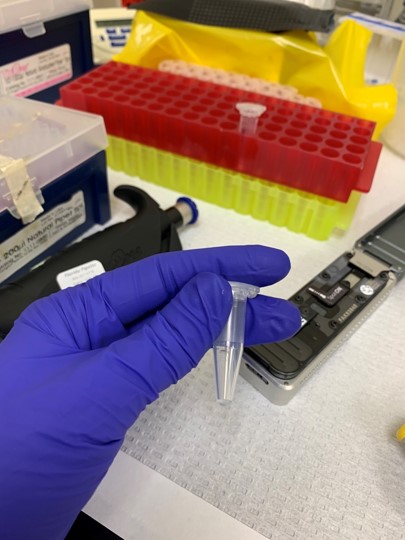 We are using metagenomic techniques to reach further into the dynamic and often murky worlds of marine and estuarine ecosystems. Our current focus is on the sub-tropical and temperate waters of the Indian River Lagoon, where changing environmental conditions have resulted in decreasing water quality and an increasing number of harmful algal blooms, or HABs, that threaten entire aquatic ecosystems and the health and livelihoods of a growing human population along its shores.
We are using metagenomic techniques to reach further into the dynamic and often murky worlds of marine and estuarine ecosystems. Our current focus is on the sub-tropical and temperate waters of the Indian River Lagoon, where changing environmental conditions have resulted in decreasing water quality and an increasing number of harmful algal blooms, or HABs, that threaten entire aquatic ecosystems and the health and livelihoods of a growing human population along its shores.
- Rapid detection of eDNA: We are developing the latest sequencing technology on the Oxford Nanopore MinION device to collect information on the cohort of microorganisms involved during Florida’s HABs. We have identified harmful, toxin-producing species as well as predator species which might affect the longevity of a bloom event. We aim to establish our own catalog of taxonomic information with associations to other species, times, locations, and bloom occurrences to allow us to identify potential keystone species.
